Embracing Uncle Charlie
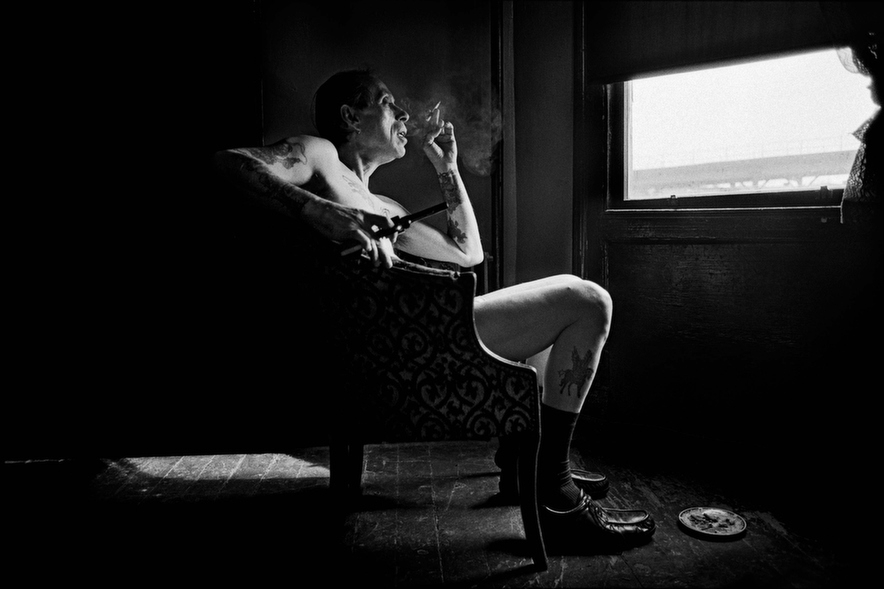
Uncle Charlie looking out the window of his place at 23 Troutman St., Bushwick, Brooklyn. (Marc Asnin)
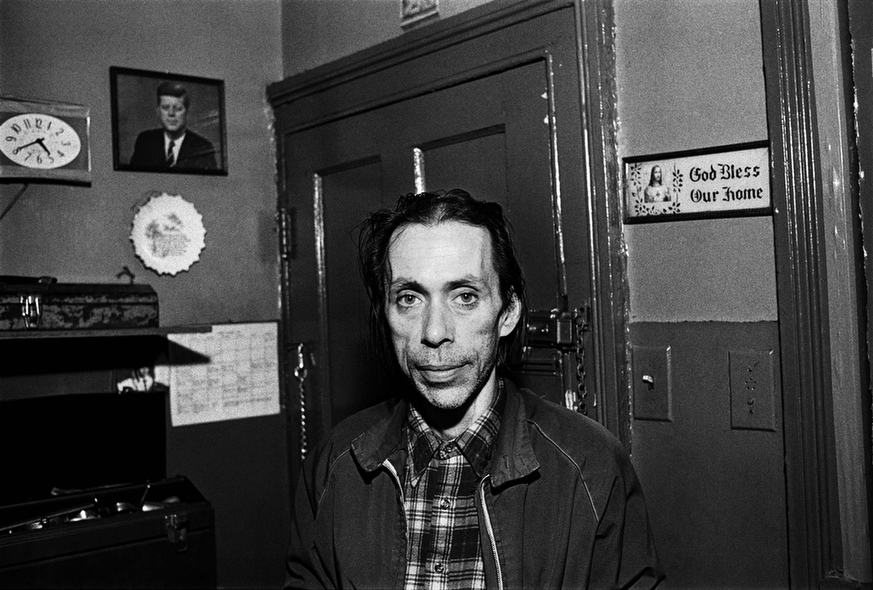
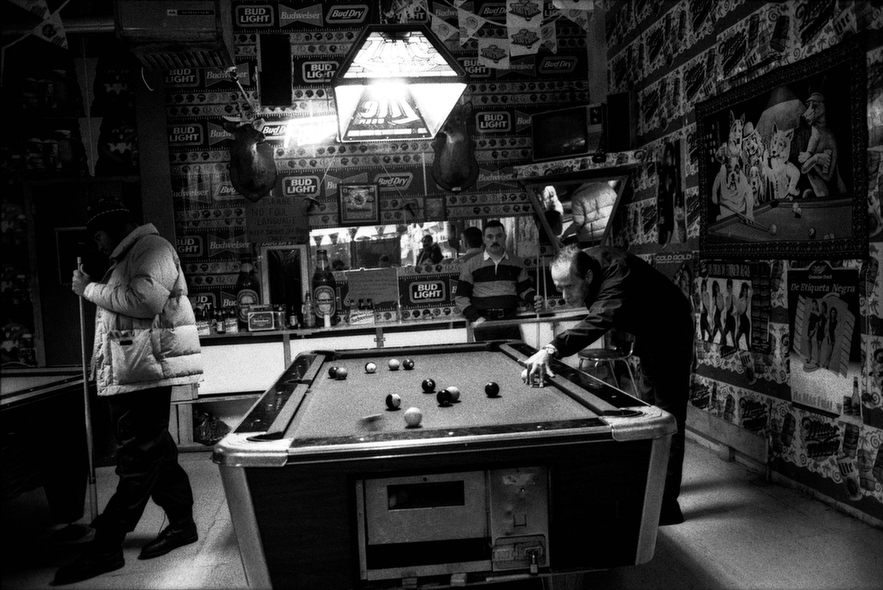
Uncle Charlie playing pool with his son, Joe, at Flores Bodega in Brooklyn. (Marc Asnin)
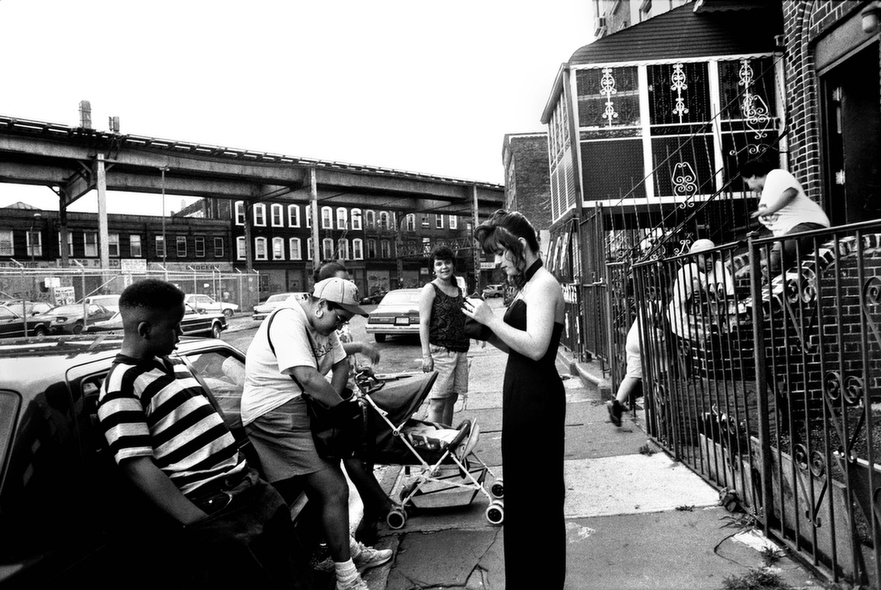
Uncle Charlie’s daughter Mary hanging out with neighbors while waiting to be picked up on prom night. (Marc Asnin)
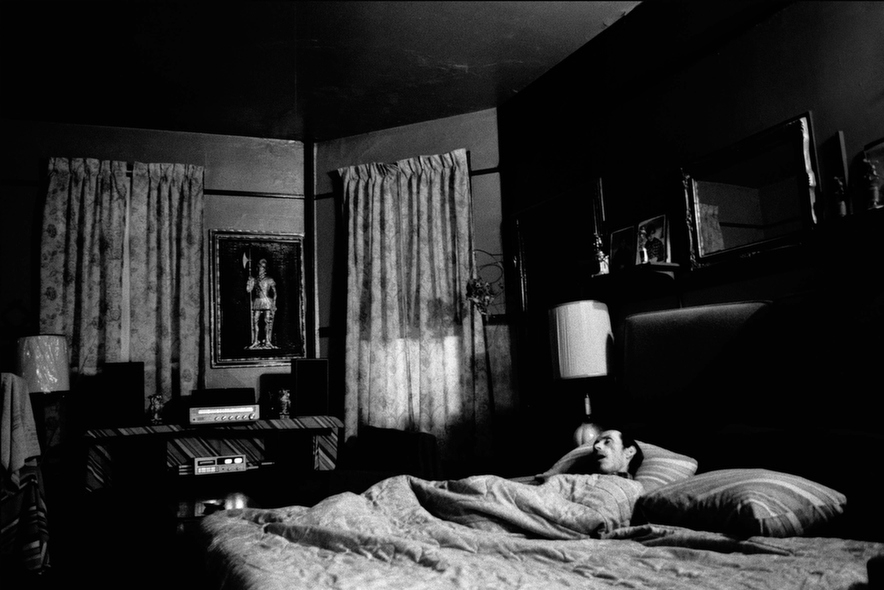
Uncle Charlie sleeping in his Castro Convertible bed in his living room. (Marc Asnin)
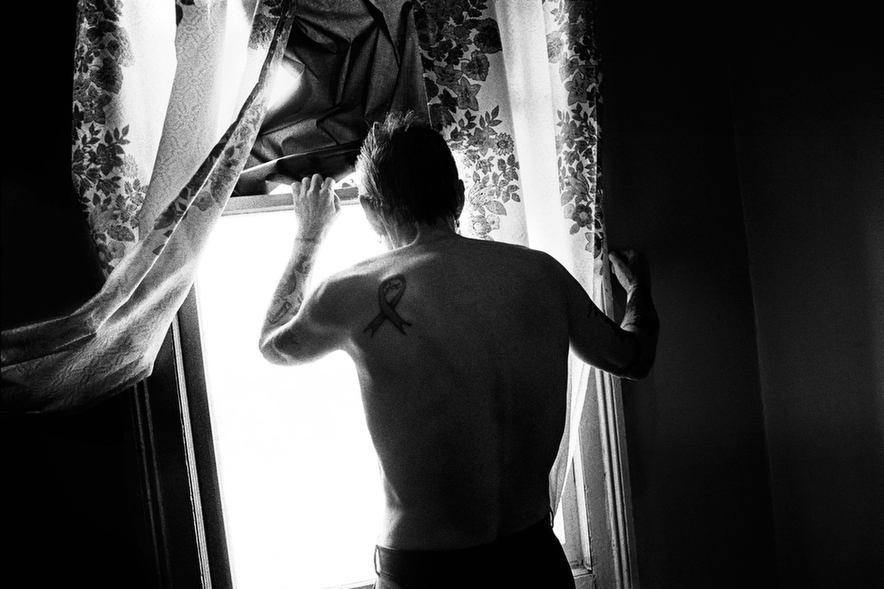
Uncle Charlie, with a new AIDS ribbon tattoo in memory of Joe, looking out of Joe’s bedroom window. (Marc Asnin)
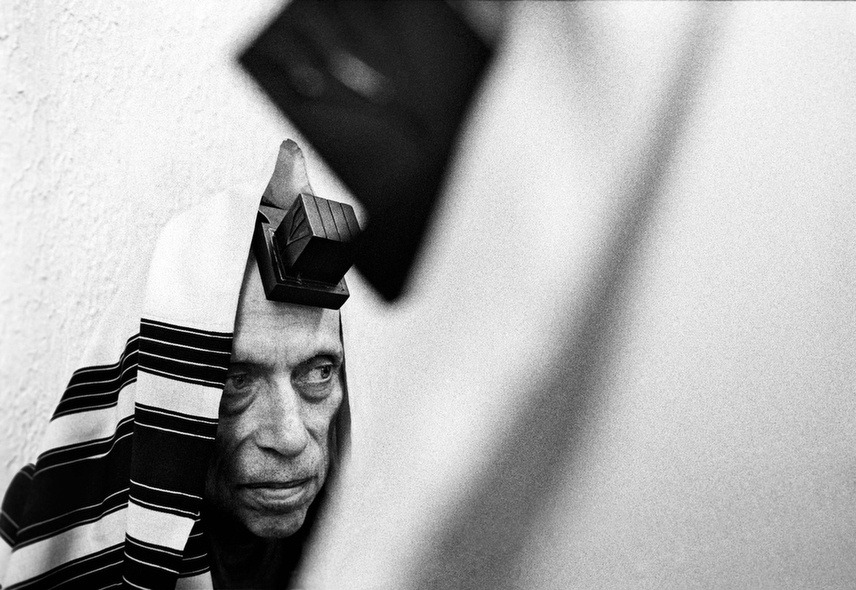
Uncle Charlie wearing a tefellin, a leather box holding verses from Torah that observant Jews wear during morning prayers, for the first time. (Marc Asnin)

Joe in the hospital fighting for his life after being diagnosed with AIDS, 1996.(Marc Asnin)
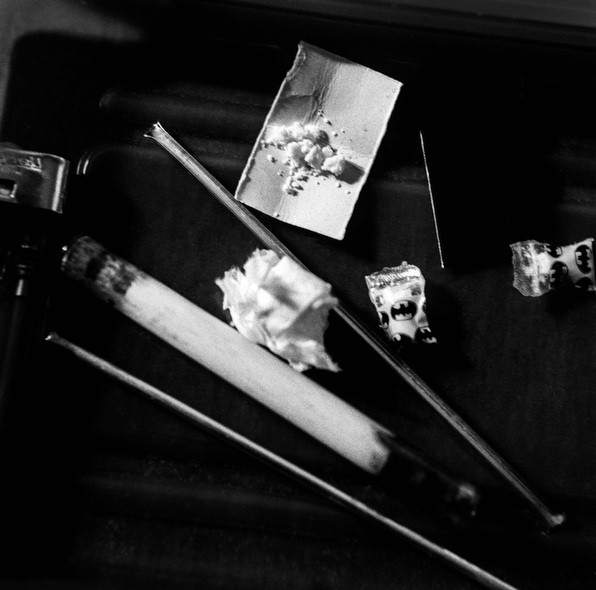
Crack and crack pipe. (Marc Asnin)
No comments:
Post a Comment